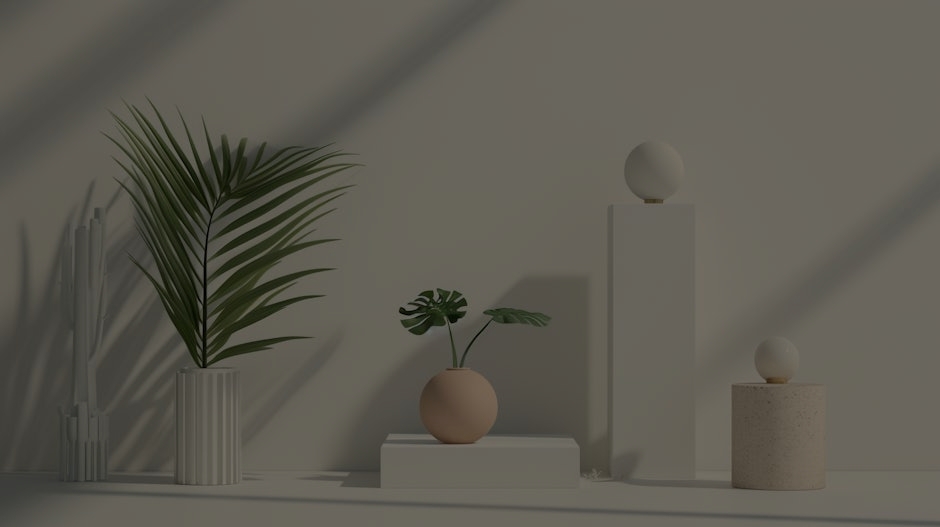**Abstract:**
Discover how feng shui colors and ornaments can harmonize your living space. This guide explores the psychological impact of colors and practical tips for incorporating them into your home.
Understanding the Power of Colors in Feng Shui
Colors play a crucial role in feng shui, influencing not only the aesthetics of a space but also the emotional and psychological state of its inhabitants. Each color corresponds to specific energies and elements in feng shui, creating a balanced environment that promotes well-being. For instance, red symbolizes passion and vitality, while blue represents calm and tranquility. By understanding these associations, you can strategically use colors to enhance the mood and energy of your space.
Choosing the Right Ornaments for Balance
Incorporating feng shui ornaments into your home can significantly impact the energy flow, or “chi,” within your environment. Ornaments such as crystals, wind chimes, and figurines are not just decorative; they serve as powerful tools to attract positive energy. For example, a crystal placed in the wealth corner of your home can enhance prosperity. When selecting ornaments, consider their shapes and materials, as these also contribute to the overall energy of the space.
The Emotional Impact of Color Combinations
The way colors interact with each other can create different emotional responses. For instance, a combination of green and yellow can evoke feelings of joy and creativity, making it ideal for a workspace. Conversely, too many contrasting colors can lead to chaos and anxiety. Understanding color psychology in feng shui allows you to create harmonious combinations that support your emotional and mental well-being. Aim for a palette that resonates with your personal goals, whether it’s relaxation, motivation, or clarity.
Practical Tips for Integrating Feng Shui Colors
To effectively integrate feng shui colors into your space, start small. Paint an accent wall, use colorful throw pillows, or hang artwork that reflects your desired energy. Consider the five elements of feng shui—wood, fire, earth, metal, and water—when choosing colors. Each element is represented by specific colors, and balancing these can enhance the overall energy of your home. For example, adding earth tones can promote stability, while incorporating blues and blacks can enhance calmness.
Creating Zones with Color and Ornamentation
Dividing your living space into zones based on color can help define areas for specific activities. Use warm colors like orange and red in social spaces to promote interaction, while cooler colors like blue and green can be used in relaxation areas to encourage calmness. Ornaments can also delineate these zones; for example, a serene Buddha statue in a meditation corner can enhance tranquility. This strategic zoning fosters a more intentional and balanced living environment.
Maintaining Balance Through Regular Updates
Feng shui is not a one-time project but an ongoing practice. Regularly updating your colors and ornaments is essential to maintaining balance and harmony in your space. Seasonal changes can inspire new color palettes; for instance, warm autumn hues can create a cozy atmosphere, while bright spring colors can invigorate your home. Additionally, as your life circumstances change, so should your space. Adjusting your decor to reflect personal growth or shifts in energy can keep your environment aligned with your goals.
Conclusion: Transform Your Space with Feng Shui
Understanding feng shui colors and ornaments is vital for creating a balanced and harmonious living space. By thoughtfully selecting colors that resonate with your emotional needs and incorporating meaningful ornaments, you can transform your environment into a sanctuary that nurtures your well-being. Whether you seek tranquility, creativity, or prosperity, the principles of feng shui offer practical solutions to enhance your life. Embrace the power of color and ornamentation to cultivate a space that truly reflects your inner self.










